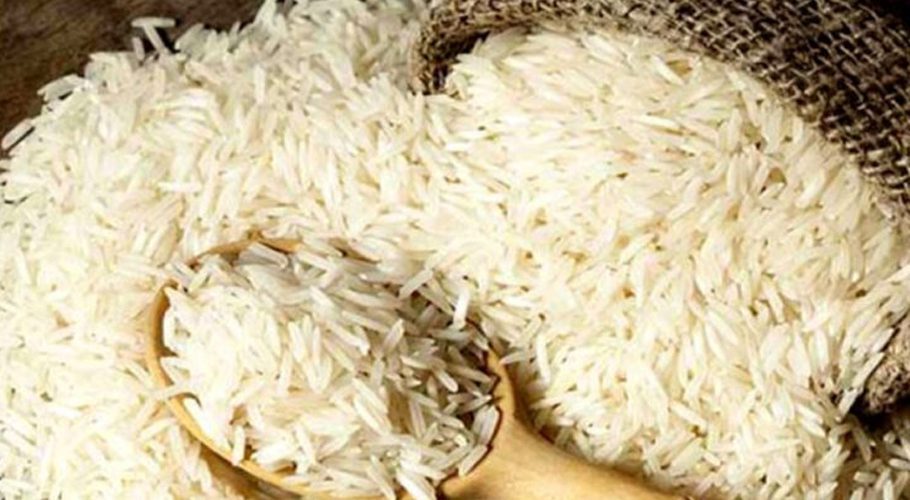![]() Follow Us on Google News
Follow Us on Google News
The prices of rice are expected to climb further globally after India, the world’s largest rice supplier accounting for 40% of world rice exports, announced a ban on a major share of its rice exports.
This decision was made to reduce domestic prices, which have reached multi-year highs due to erratic weather affecting production.
Traders predict that rice prices in the export market will rise significantly in the coming days, with expected gains of at least $50 per metric ton, and possibly even $100 or more. Both sellers and buyers are closely monitoring the market to gauge the extent of the price increase.
The ban on rice exports from India has led to a pause in Asian rice trade as buyers will now have to pay higher prices to obtain cargoes, given the reduction in available supplies.
Furthermore, the timing of India’s ban on rice exports coincides with a surge in global wheat prices, which have risen over 10% in a week due to concerns over supply after Russian attacks on Ukrainian ports.
Rice is a crucial staple for more than 3 billion people globally, and most of it is produced in Asia. However, the dry El Nino weather pattern in the region is likely to limit rice supplies further. This situation adds to concerns about red-hot food prices and its impact on food security for many countries that heavily rely on rice consumption.






























